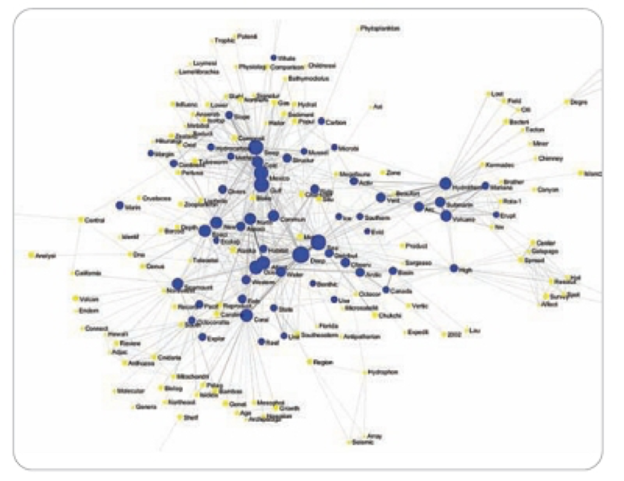Thoughts on the Digital Humanities Impact on Academia
When fundamental assumptions change, the product should change as well. The new medium both adds and removes constraints, fundamentally changing the nature of the ‘optimal’ product being delivered. A classic example is how the newspaper is slowly being reworked to take advantage of the internet and remove the historical baggage of being printed on a piece of paper every 24 hours. The medium of delivering written news on the internet is so much richer, providing countless new opportunities to innovate and try new things.
Conversely ebooks are essentially digital replications of their physical ancestors. A part from being instantly accessible and having the words indexed, not much has changed. After thousands of years we have failed to measurably improve the experience of reading a book.
The question is will Digital Humanities be the next newspaper or ebook? Are we going to see conventional written articles be enhanced or even supplanted? The current academic model is centered around published journals where space is constrained by pages, ease of distribution and communication are limited, and the primary mode of communication is text. None of those barriers exist. Therefore, do the old models still make sense to keep?
Academic journals play an important role in collecting, filtering, distributing and maintaining high standards for the academic literature. Unfortunately, those same policies impose structural barriers, which limit who can publish and even participate in academic discourse and discussion. The first three problems have been easily solved by numerous internet services. Creating alternate controls for quality other than the peer review process remains elusive. Academic time, their primary audience, is limited, and most need a reliable assurance of the quality of academic work.
Another account of the immediate problems of making the humanities ‘digital.’ http://journalofdigitalhumanities.org/1-4/living-in-a-digital-world-by-s…
